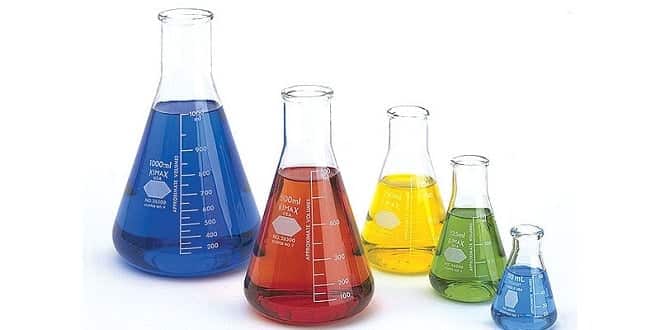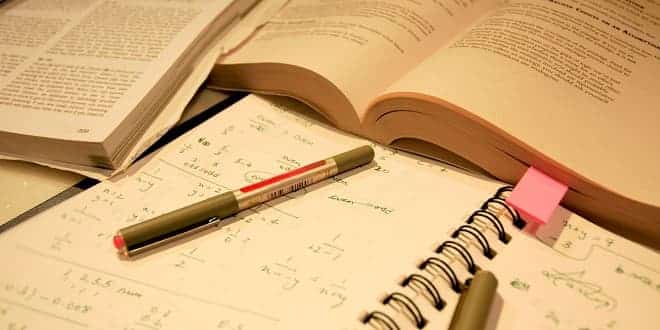Antiseptics and Disinfectants – Evaluation Using Filter Paper Method
OBJECTIVES
1. Compare the antimicrobial capabilities of different antiseptic and disinfectant chemicals.
2. Compare effectiveness of antiseptics with different type of bacteria.
3. Utilize aseptic techniques.
INTRODUCTION
Both of antiseptics and disinfectants are substances are agents that kill, or at least control the growth of, microbes. Antiseptics are agents that are used on living tissue. Examples include alcohol or iodine. Disinfectants are used on non-living things such as floors, counter tops, dishes, etc. They are usually stronger and are too toxic to be used on living tissue. A common disinfectant is bleach or Cavicide in our lab. They have various ways of killing organisms such as interfering with the way they make their cell walls so they blow up, or prevent them from reproducing somehow. In this lab we will compare the effectiveness of several disinfectants and antiseptics with each other on different bacteria species. See page 102 in the Alexander atlas for more information on this procedure, as well as photographs.
Protocol:
Day 1
1. Assign one test organism to each member of your team. Label both of your plates with the species you are using.
2. Divide each plate into four quadrants, and label each quadrant with one of the antiseptics or disinfectants (you will test a total of 8 chemicals).
3. Transfer 100 μl (0.1ml) of your test organism to each plate and top spread.
4. Using alcohol-flamed forceps, pick up a sterile paper disk and dip it halfway into a disinfectant or antiseptic or choice, then place the disk on the appropriately labeled quadrant of the inoculated media. The chemical will wick up into the paper disk. No need to push in, the liquid should adhere to the agar.
5. Repeat the procedure with the other chemicals, using 4 chemicals per plate.
6. Incubate the plates at the appropriate temperature
Day 2
1. Measure the diameter of the zone of inhibition for each chemical in millimeters. If there is no zone around the disk, call it 0.
2. Record the results in the table below.
…




